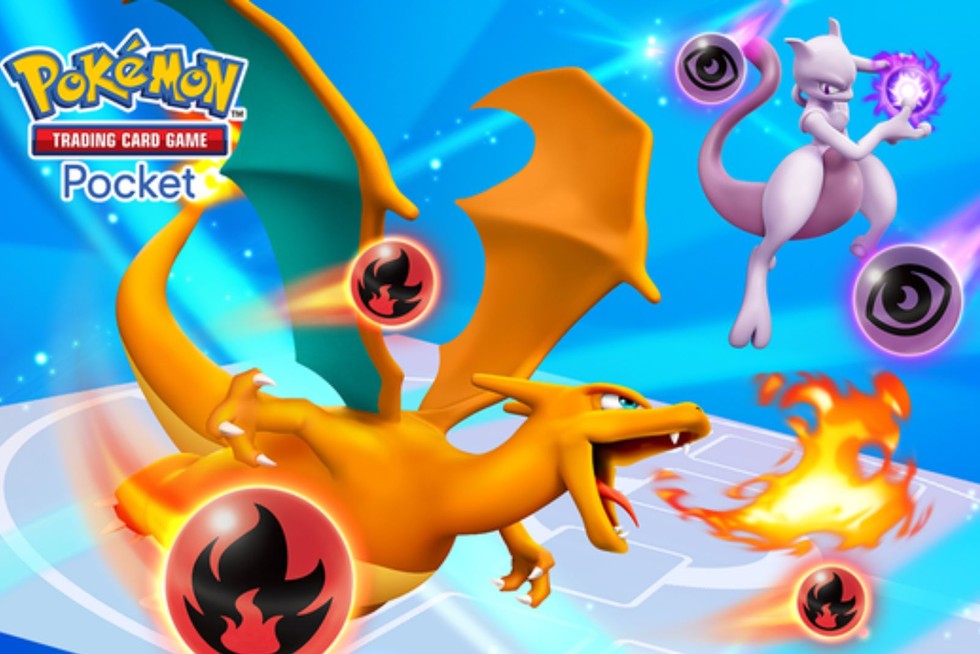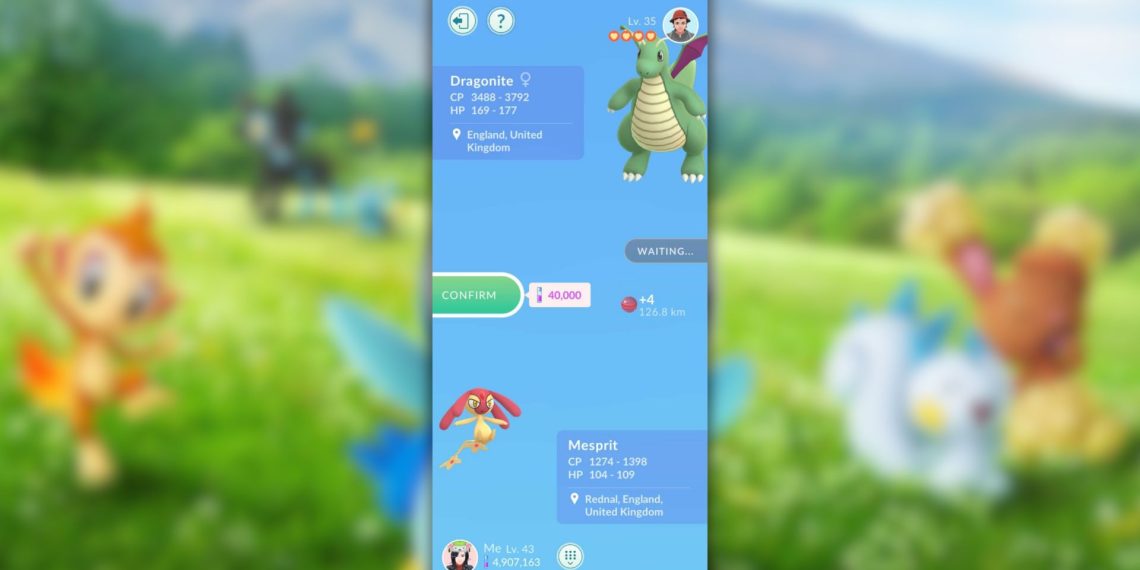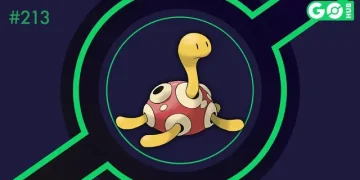Since Pokémon Go’s launch in the summer of 2016, Niantic has steadily introduced new features to the game. These updates have included expanded gym mechanics—such as group raids—along with daily and weekly quests, as well as events offering a variety of rewards.
However, one long-requested feature has remained absent for two years: Pokémon trading. Now, at last, it’s happening. Niantic officially confirmed during a press briefing at E3 that trading is coming to Pokémon Go.
Trading Arrives Soon
Pokémon trading will be introduced to the game “soon,” meaning within the next month. Niantic representatives confirmed that by the time Chicago’s Pokémon Go Fest 2018 kicks off on July 14, players will be able to trade Pokémon with each other.
Alongside trading, Pokémon Go is also launching an extensive friends system, with the two features closely intertwined.
Adding Friends
Soon, players will be able to send friend requests to each other using lengthy numerical friend codes, similar to those used on Nintendo consoles such as the Switch. Unlike some systems, only one player needs to enter the code to send a request—the recipient does not need to input the sender’s code. I
nitially, the friends list will be capped at 200 players, though Niantic has not ruled out expanding this limit in the future. Importantly, the company confirmed that players will not have to spend in-game currency—purchasable with real money—to expand their friend list, ensuring that adding friends remains free.
The friends list will appear as a separate tab on the trainer screen, accessible by tapping the player’s avatar in the bottom left corner.
From there, players can view their own stats—such as level, distance walked, and number of Pokémon caught—while also interacting with friends by sending gifts. These gifts, a new in-game item, can be collected from PokéStops and sent to friends.
Upon opening a received gift, players will see a postcard from the location where the item was obtained (which cannot be saved, so screenshots are the only way to keep them). The gift will also include a variety of items, including 7km eggs that may contain Alolan forms of Kanto-region Pokémon (from Pokémon Red/Blue).
Some Alolan forms will be available only through these gifts, while others may appear in raids or special events, similar to how Alolan Exeggutor was briefly available before E3.
Friendship Levels and Trading
Each friend will have an associated “friendship level,” which directly impacts trading. There are four tiers of friendship, with “best friends” being the highest.
Players can increase their friendship level with specific friends by engaging in various activities together, including battling at rival gyms, participating in raids, sending and receiving gifts, and trading Pokémon.
Higher friendship levels also provide battle benefits, such as attack boosts and extra Premier Balls during the catch phase of a raid. However, these bonuses do not stack across the entire raid group. Instead, only the highest friendship bonus within the group will apply to all players.
Friendship levels can increase only once per day per friend, and reaching the highest tier takes considerable time. Niantic has deliberately designed the system so that becoming “best friends” with another player will take months.
“To get from ‘friend’ to ‘good friend’ takes one day, ‘good friend’ to ‘great friend’ takes seven days, ‘great friend’ to ‘ultra friend’ requires 30 days, and ‘ultra friend’ to ‘best friend’ takes 90 days,” explained Kirsten Koa, Niantic’s lead engineer for these new features.

Trading Costs and Limitations
Pokémon collection is central to Pokémon Go, and after two years, many players have built up impressive lineups of rare, shiny, and region-exclusive Pokémon.
If trading were too easy or inexpensive, it could undermine the value of the effort players have put into building their collections. Niantic is well aware of this and has implemented various restrictions to ensure trading remains balanced.
“People work really hard to catch all these different Pokémon,” said Koa. “They travel to different continents and all that stuff. We don’t want to devalue their effort by making trading so easy.”
Trading requires stardust, an in-game resource earned through activities such as catching Pokémon and hatching eggs. Stardust is already highly valuable for powering up Pokémon, making it a scarce commodity for many high-level players. It cannot be purchased directly with real money, although players can buy special item boxes containing items that boost stardust accumulation.
Both players must pay the same amount of stardust for a trade, which discourages uneven transactions and prevents abuse through secondary accounts. Niantic showcased several examples of potential trade costs.
At lower friendship levels, a “special” trade—such as trading a legendary, region-exclusive, shiny, or a Pokémon not yet in either player’s Pokédex—could be prohibitively expensive, potentially requiring 1 million stardust.
While some high-level players may have that much stardust to spare, it remains a massive cost. By contrast, if players reach the highest friendship tier, the same trade could cost as little as 40,000 stardust.
Preventing a Black Market
To further protect game balance, Niantic has introduced additional limitations on trading. Players can only trade Pokémon in person—online trading is not available. Both players must be at least level 10, and they must be friends in-game. Furthermore, special trades (those involving legendaries, shinies, or new Pokédex entries) are limited to one per day.
One of the most significant mechanics designed to prevent exploitation involves Pokémon IVs (individual values, which affect stats like attack, defense, and HP). When a Pokémon is traded, its IVs will be randomly reassigned. This prevents players from stockpiling or selling “perfect” Pokémon through trading.
Niantic hopes this system will discourage a black market from forming. “When Pokémon Go first came out, people were selling accounts online,” Koa told GameSpot. “When trading comes out, we don’t want the same thing to happen with like, ‘perfect’ Dragonites or something. And this is one way to prevent that.”
Despite the risk of IVs decreasing after a trade, there is also a chance that a Pokémon’s stats could improve. The likelihood of a stat boost increases with the friendship level between the two trading players.
Additionally, there are some trading perks: Players will receive a candy bonus based on how far apart the Pokémon were originally caught.
For example, Niantic demonstrated a trade where one player exchanged a Dratini caught over 100km away and received three extra candies. Players can also rename Pokémon after receiving them in a trade.
Future Updates
Niantic has more plans for the friends and trading features in 2018. One key goal is to allow players to send friend requests through social networks, such as Facebook. The company aims to make Pokémon Go “the most sociable game in the world,” according to Kento Suga, the game’s global product marketing manager.
“Implementing trades for this type of game is very, very difficult, so we believe that this is the best way to be fair to the users, and safe for the users, and also fun for the users,” Suga said. “This is just the first step of implementing new social-related features. There are more and more coming later this year.”
For Koa, leading the development of these features has been both exciting and challenging. “Friends and trading is a really important aspect of the Pokémon franchise, so leading the implementation of these features has been one of the most exciting—but stressful—points of my career,” she said.
As a lifelong Pokémon fan, Koa emphasized that Niantic wanted to ensure trading felt natural and balanced in a game that heavily encourages real-world exploration.
“We needed to take into account how to introduce trading into this game, where exploring new places is really important to the game balance,” she explained. “We didn’t want to mess with that. I hope we came up with something that’s enjoyable and natural and safe for our users.”




